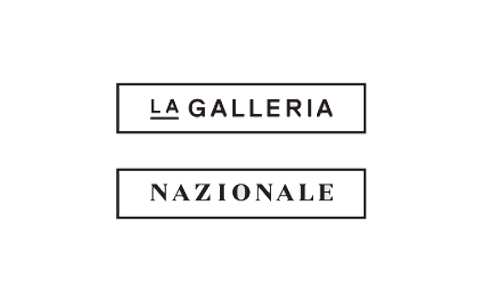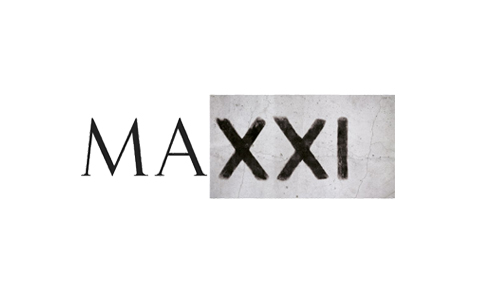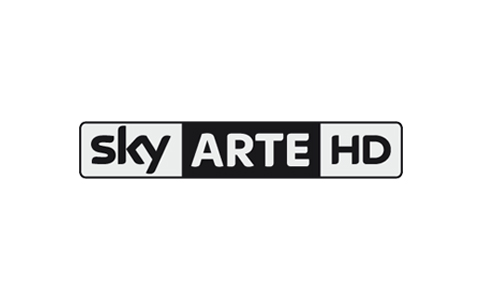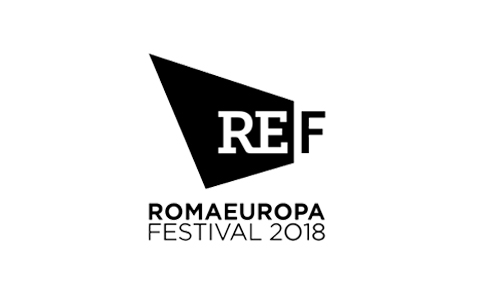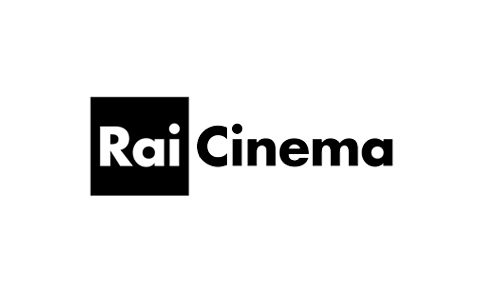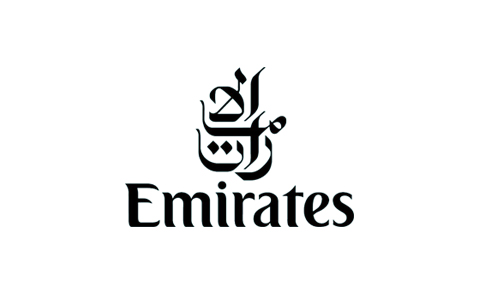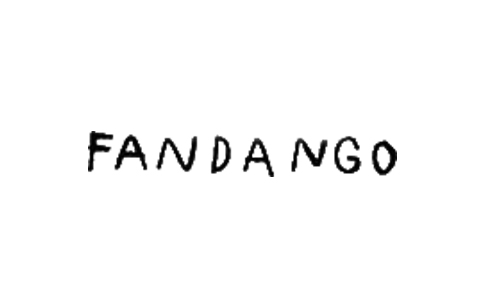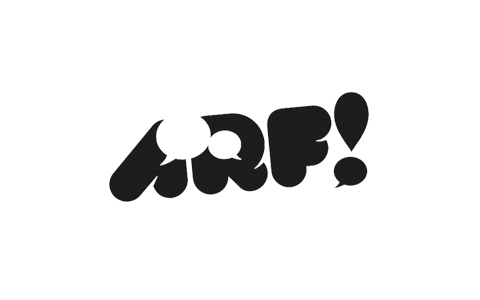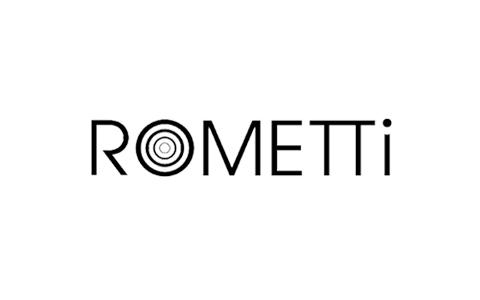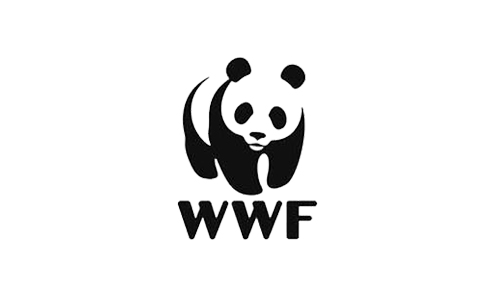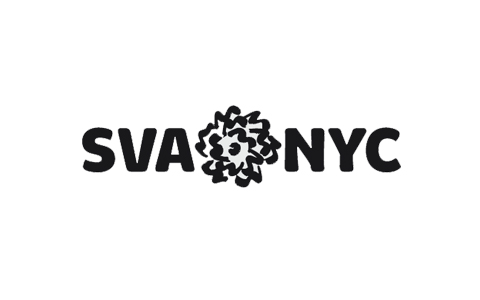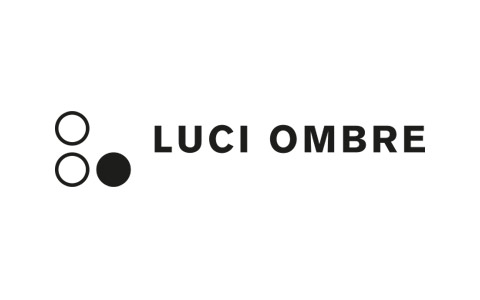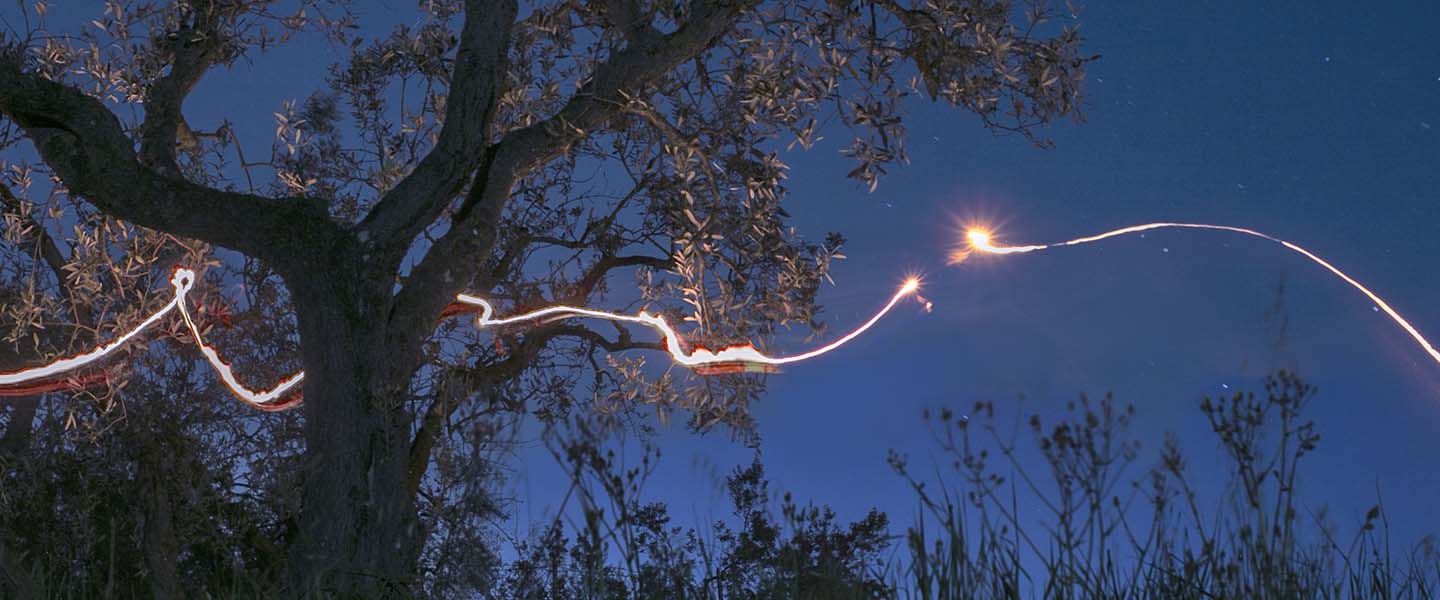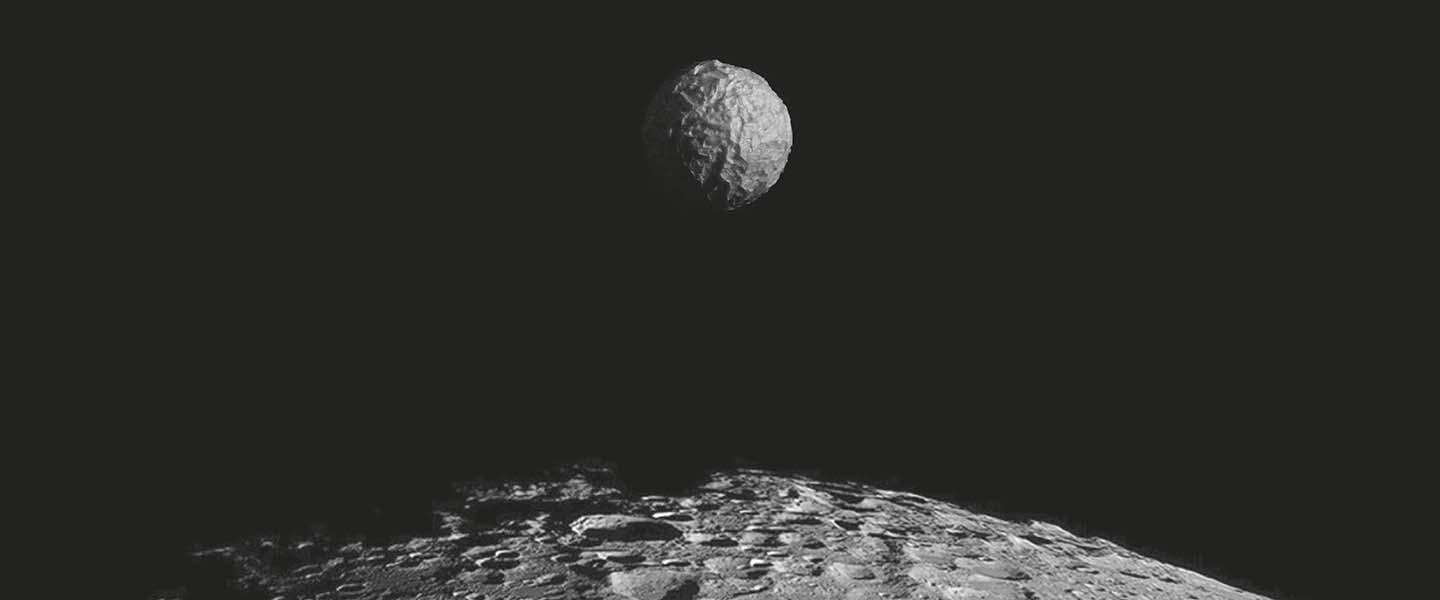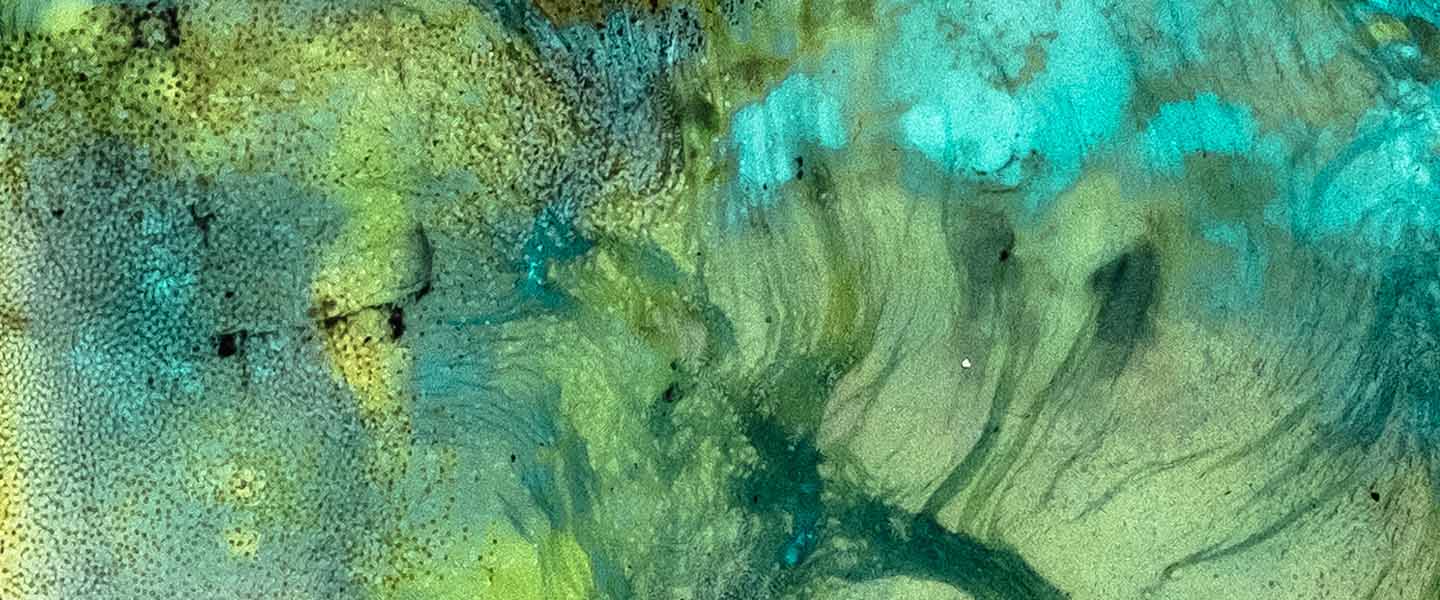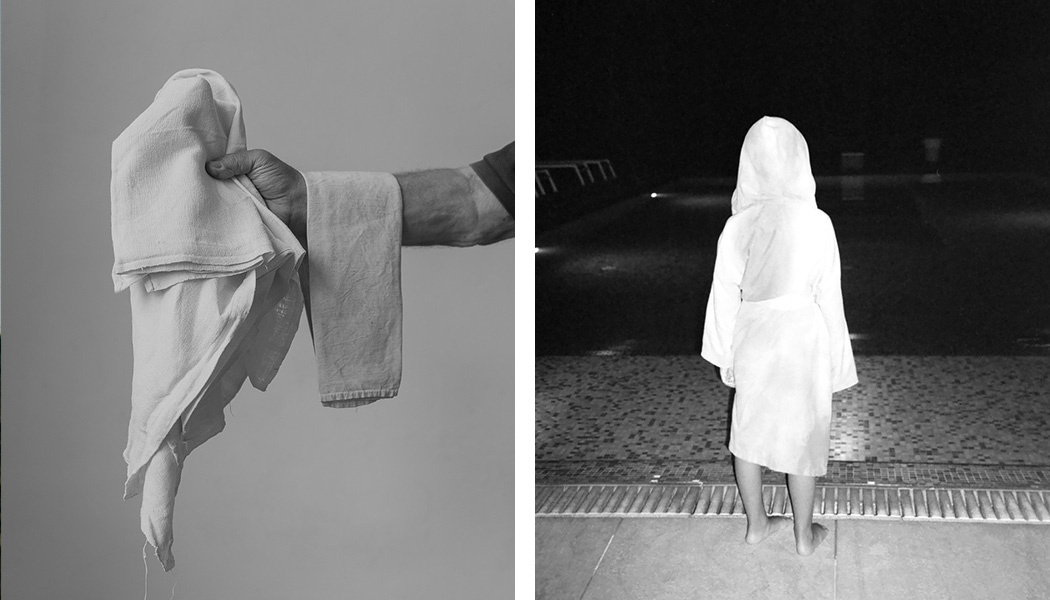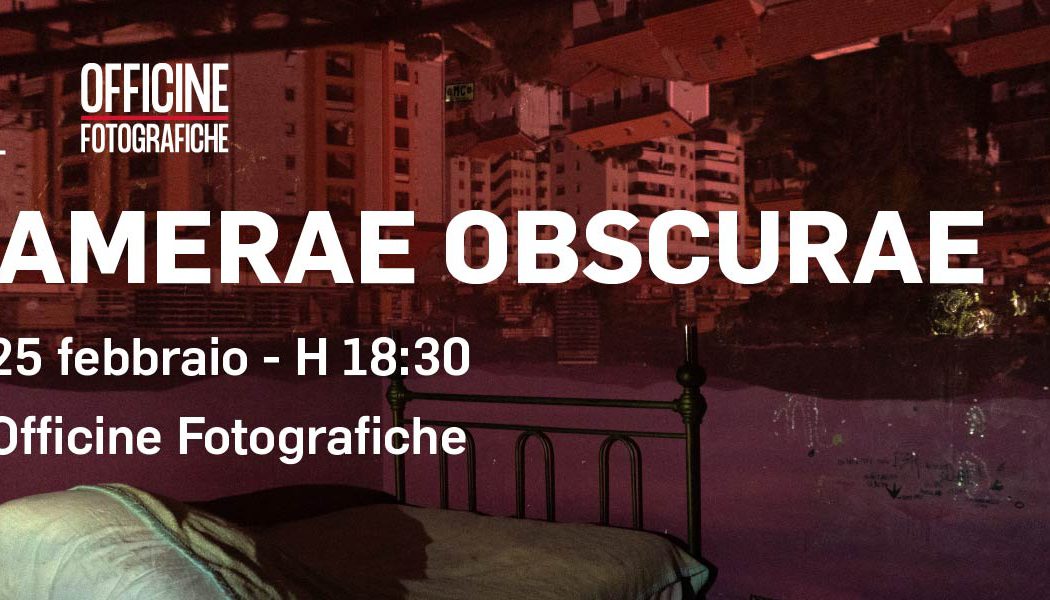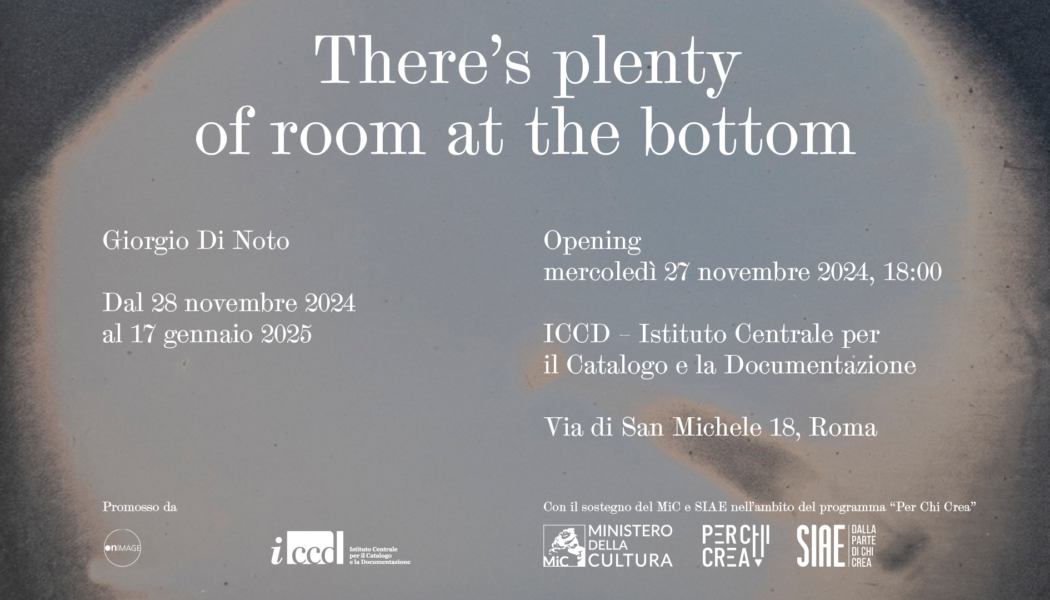TAUGHT IN ITALIAN ❯
Your vision of the world
You will discover how to express your creativity, learning many techniques and enhancing your curiosity to get to know and tell the world around you: you will gain an attentive and personal view, which will give you the opportunity to emerge in the field of the contemporary image.
Qualification:
First Level Academic Diploma, equivalent to a Bachelor’s degree
Duration:
3 years, full time
Language:
Italian
Credits:
180 ECT
Location of attendance:
Rome
Requirements:
Italian students
High school diploma
International students
Valid High School Diploma for the Italian Higher Education System
B2 Certificate of the language in which the course is held
Upon admission non UE students are subject to fulfill the procedure for obtaining the student VISA
Field:
Photography, Photojournalism, Advertising
Main subjects:
Photography, Cinematography, Digital image processing, Aesthetics of visual arts
Future careers:
Photojournalist, cinematographer, social media manager, assistant and collaborator in museums and art galleries, events organiser, content creator
The photographer becomes an artist when he is creative, knows the techniques and adopts a multidisciplinary approach: a professional able to use his/her talent and operate dynamically in the world of image, exploring areas such as reportage, advertising and fashion photography, photo book, fine art, video and multimedia.
The overproduction of images has redefined the role of photography and of the photographer, who must constantly evolve, acquiring an open and contemporary vision.
RUFA Bachelor of Arts in Photography and Audiovisual, also thanks to the third year Masterclass coordinated by Contrasto -a leading agency in the field of art photography, aims to guide the student through a highly professional curriculum that combines the focus on reportage and on art research. Putting into practice the skills acquired during the three years, students will have the opportunity to develop and express a personal point of view regarding the reality that surrounds them.
Led by professional lecturers in the fields of Art, Design, Communication and Media Art, graduates from RUFA Bachelor of Arts in Photography and Audiovisual acquire the ability to give value to an idea, transforming it into a successful project, capable of demonstrating expertise and artistic personality with the opportunity to emerge in the international scene.
The Academic Bachelor of Arts is equivalent to a University Bachelor’s Degree
*The course is available only in Italian. All lessons include mandatory attendance at RUFA’s locations in Rome.
Coordinator: Michele Palazzi, Alessandro Carpentieri
Tutor: Christian Rizzo
Lecturers: Alessandro Carpentieri, Stefano Compagnucci, Massimo Berruti, Genny Di Bert, Giorgio Di Noto, Gianfranco Manzo, Alessandra Mauro, David Mozzetta, Michele Palazzi, Lina Pallotta, Lorenzo Pesce, Fiorenza Pinna, Christian Rizzo, Fabio Severo, Raffaele Simongini, Caterina Tomeo, Stefano Moretti, Francesco Pennica, Gianfranco Manzo, Lorenzo Squarcia, Simone Spampinato.
BROCHURE DOWNLOADPROGRAMME REGULATION
LOOK AT PHOTOGRAPHY AND AUDIOVISUAL STUDENTS’ PROJECTS
ASK MORE INFO ABOUT THE COURSE
BACHELOR OF ARTS PROGRAMME IN PHOTOGRAPHY AND AUDIOVISUAL
Suggested study plan – Mandatory attendance at RUFA locations in Rome.
| YEAR | SUBJECT | ECTS | HOURS |
|---|---|---|---|
| I YEAR |
Digital image processing 1
Adobe Photoshop: from the study of basic processes to colour correction and processing techniques for beauty photography to photomontage and composite images.
| 6 | 75 |
|
History of contemporary Art
A panorama of the artistic avant-garde of the twentieth century through themes, authors and main works to find a critical orientation in the visual culture of the last century. Reflection on the concept of avant-garde: between subversion and adaptation to the art market.
| 6 | 45 | |
|
History of photography
Historical and critical knowledge of photographic languages: the photographic arts as the terrain in which the experimentation of languages and the avant-garde intertwine.
| 6 | 45 | |
|
Photography 1
The fundamentals of the photographic project as a means of creative expression: conception, shooting and editing. Vision of the works of classical authors aimed at the development of a personal interpretation and production of photographic images.
| 12 | 150 | |
|
Digital video
The importance of audiovisual language as a tool for communication, expression and research. The development of professional shooting and editing techniques from film grammar theory to laboratory exercises.
| 10 | 125 | |
|
Lighting systems
The basic techniques to manipulate light, the tools and normative references to design and build lighting systems for a film, television or theatre shooting/scenography, taking care of their assembly on the set/stage and their operation during the shows.
| 6 | 75 | |
|
Phenomenology of the image
Reflection on images according to an experimental approach in a collaboration between philosophy, psychology, anthropology, art history and image theory.
| 6 | 45 | |
|
Basics of computer science
The use of DTP software: the basis for pagination of paper and digital artefacts, putting practice and theory on an equal footing. In-depth study of the relationship between image and typeface, between image and page whiteness.
| 4 | 50 | |
| Elective educational activities | 4 | / | |
| II YEAR |
Digital image processing 2
In-depth study of advanced Photoshop tools and techniques to manage photographic post-production in the correct way. Analysis of the image according to the retouching: how to realize, how to harmonize colours and tones and how to take care of details in compliance with the rules of photographic composition.
| 6 | 75 |
|
Computer graphics
Rendering as a working tool in the field of photography: from basic three-dimensional modeling to photorealistic rendering for use in advertising.
| 6 | 75 | |
|
Latest trends in Visual Arts
In-depth study of the blend of video art and cinema, focusing on the evolution of the audiovisual sector: from Gene Youngblood's Expanded Cinema to computer art, virtual reality, live media performance and live cinema.
| 6 | 45 | |
|
Photography 2
The study of images of authors, past and contemporary, who have left their mark on the historical and cultural panorama of photography to confront their creativity. In-depth study of the various phases of the realization of individual projects, construction of a personal vision and specific development of narrative skills.
| 12 | 150 | |
|
Photojournalism
Reportage photography applied to the world of publishing and the role of the documentary filmmaker as an interpreter of reality. The ability to analyse, interpret and develop a story suitable for dissemination through contemporary media: newspapers, magazines, websites and social media.
| 6 | 75 | |
|
Cinematography
The study of cinematographic photography through the following themes: the interpretation of a subject, the filmic language, the creative development of a visual atmosphere, the research of environments, the composition of the crew, light, shots and point of view, shooting, post-production.
| 6 | 75 | |
|
Advertising
Commercial and professional portraiture: analysis of contemporary and classic authors with an in-depth analysis of recognizability. The importance of writing within advertising campaigns. Development of a photographic project aimed at satisfying the client's needs.
| 6 | 75 | |
|
History of cinema and video
Acquisition of a solid knowledge of the history of cinema from its beginnings to the present day and extensive information on the current debate in various areas of philosophical-historical research.
| 6 | 45 | |
|
English
Study and deepening of themes and topics concerning the artistic field with the use of different linguistic registers and styles to improve one's communication skills in English.
| 4 | 30 | |
| Further language and interpersonal skills, internships, etc. | 2 | / | |
| III YEAR |
Digital image processing 3
Refine techniques, through the use of the Photoshop program, to optimize the expressiveness and operativeness of new photographers. Combining doing with understanding.
| 6 | 75 |
|
Mass media theory and methods
The panorama of generalized communication: the tools useful to draw a map of the present and consciously and critically conceive one's work. Analysis of the anthropological transformation that crosses our time that gives value to communication and imagination, with focus on the figure of the knowledge worker.
| 6 | 45 | |
|
Photography 3
The realization of a photographic project on a professional level with attention to finalisation and diffusion. Masterclass coordinated by the Contrasto agency and in-depth studies on the themes of curating and photo book to widen the possibilities of professional insertion.
| 12 | 150 | |
|
Aesthetics of Visual arts
The Aesthetics articulated in art and cinema. The general meaning of the concept of Aesthetics with focus on the theoretical aspects related to knowledge by object and subject. The decline of the concept of style and the advent of the technical age. Analysis of the poetics of artists such as Manet, Cezanne, Klee, Mondrian, Malevic, Picasso, Duchamp, Pollock, Bacon, De Chirico, Rothko, Burri, Warhol.
| 6 | 45 | |
|
New integrated media techniques
The training course aims to investigate the techniques of photojournalistic communication and multimedia storytelling, raising students' awareness of the power of effective storytelling.
| 8 | 100 | |
| An elective subject to be chosen between: | |||
|
History of photography criticism
An overview of the main trends in photographic criticism in different eras, also examining theoretical contributions produced by different photographic artists and linking moments and experiences in the history of photography with the history of contemporary art.
| 6 | 45 | |
|
Semiotics of art
The Sign, Interpretation, Text and Image as the main themes and interpretative tools of semiotics. All-round reading of the artistic world: painting, sculpture and architecture up to the most modern forms of digital art.
| 6 | 45 | |
|
Features of publication design
Theoretical and practical study of the basic notions to tackle the layout of any type of product, under any editorial guise. Realization of editorial products, from design to preparation for any type of production, from printing to digitization.
| 6 | 75 | |
| Further language and interpersonal skills, internships, etc. | 2 | / | |
| Elective educational activities | 6 | / | |
| Thesis | 8 | / | |
| Total Credits | 180 |
CREDITS
Foto slider: Sabrina Marchionne, Giorgia Dramisino, Cristina Cannistraci, Fabiana Scattarreggia.
Partner
